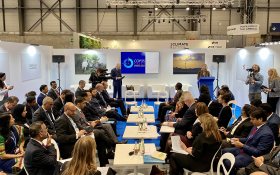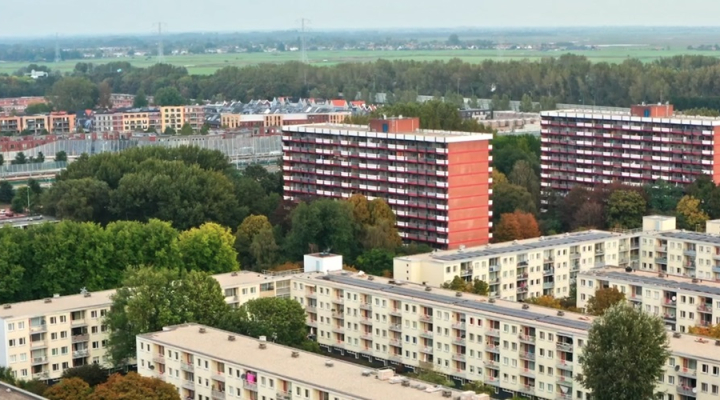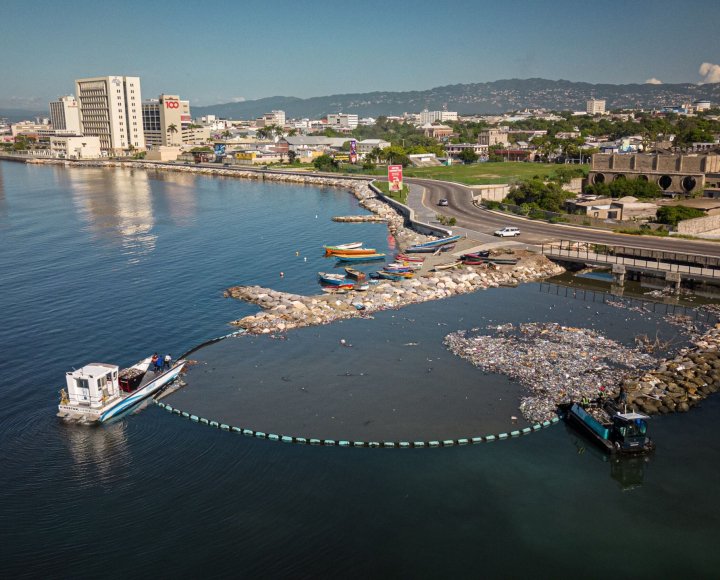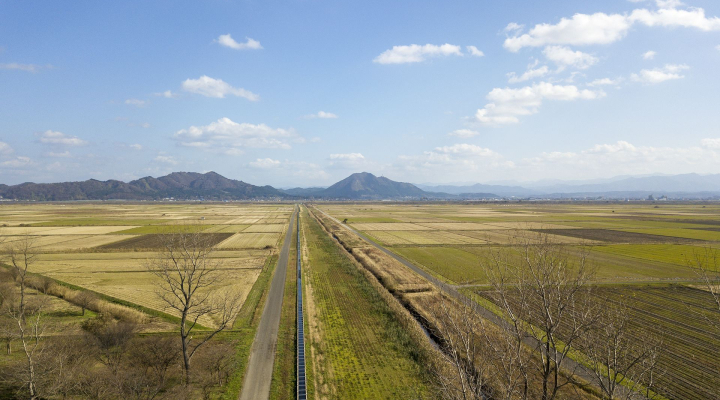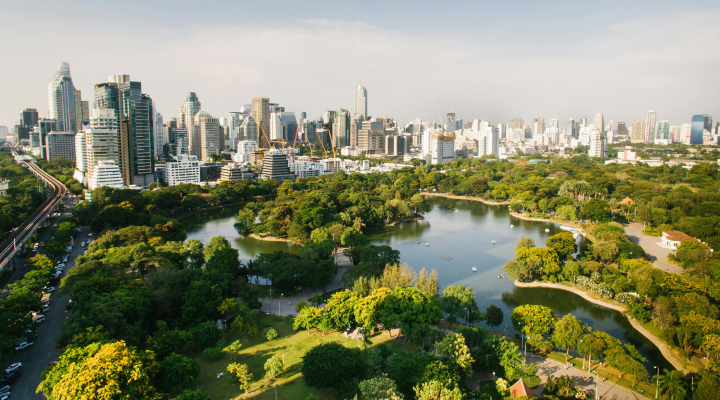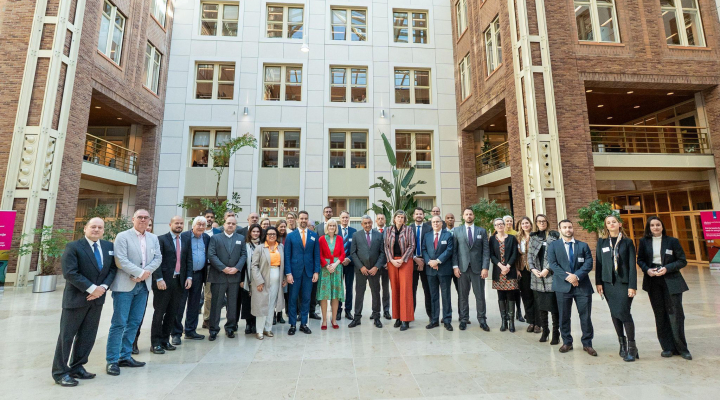
COP25: Water at the heart of climate action
A lot of the negotiations at the 25th climate summit in Madrid are about lowering global carbon-emissions. At the many side events, however, there is also attention for adaptive water management.
‘We talk on water every day, here in Madrid’, noted Dutch special water envoy Henk Ovink. ‘And with good reason. The impact of climate change hits us hardest through water. We have to stop investing in stupid infrastructure’, Ovink posed.
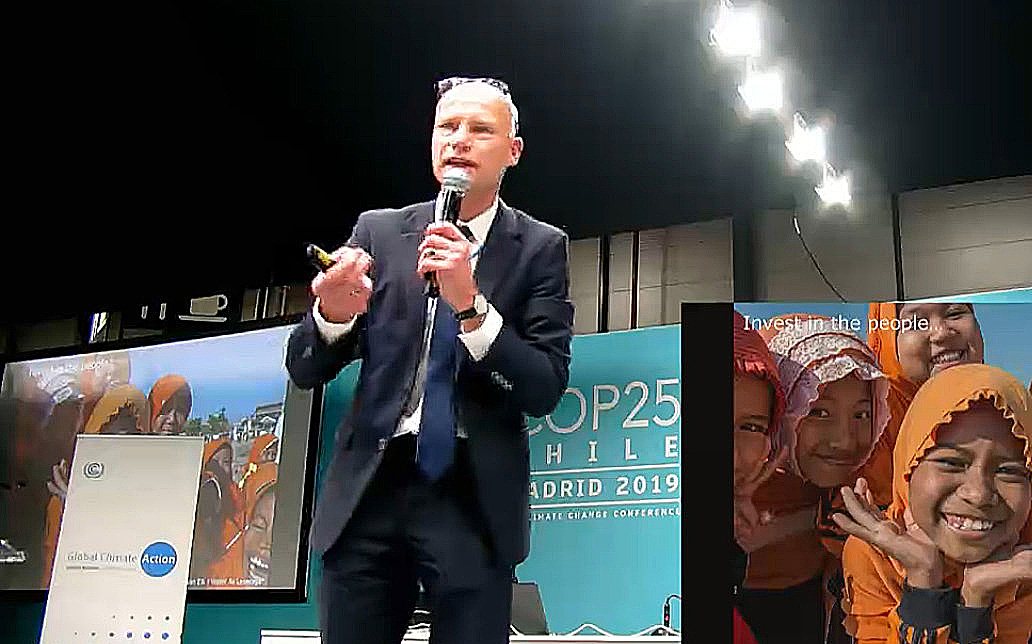

Climate-resilient water management
At COP25 more people advocated to stop investments in water infrastructure that only worsen global water scarcity and increase flood risks. Two organisations, the Alliance for Global Water Adaptation (AGWA) and the International Water Management Institute (IWMI) launched a full report on the issue of engineering water solutions that meet only today’s requirements.
The report ‘Adaptations Thirst’ argues that climate-resilient water management should be the unifying agenda for water and climate change adaptation. Because of the unknown impacts of climate change future water management should aim at flexibility and resiliency.
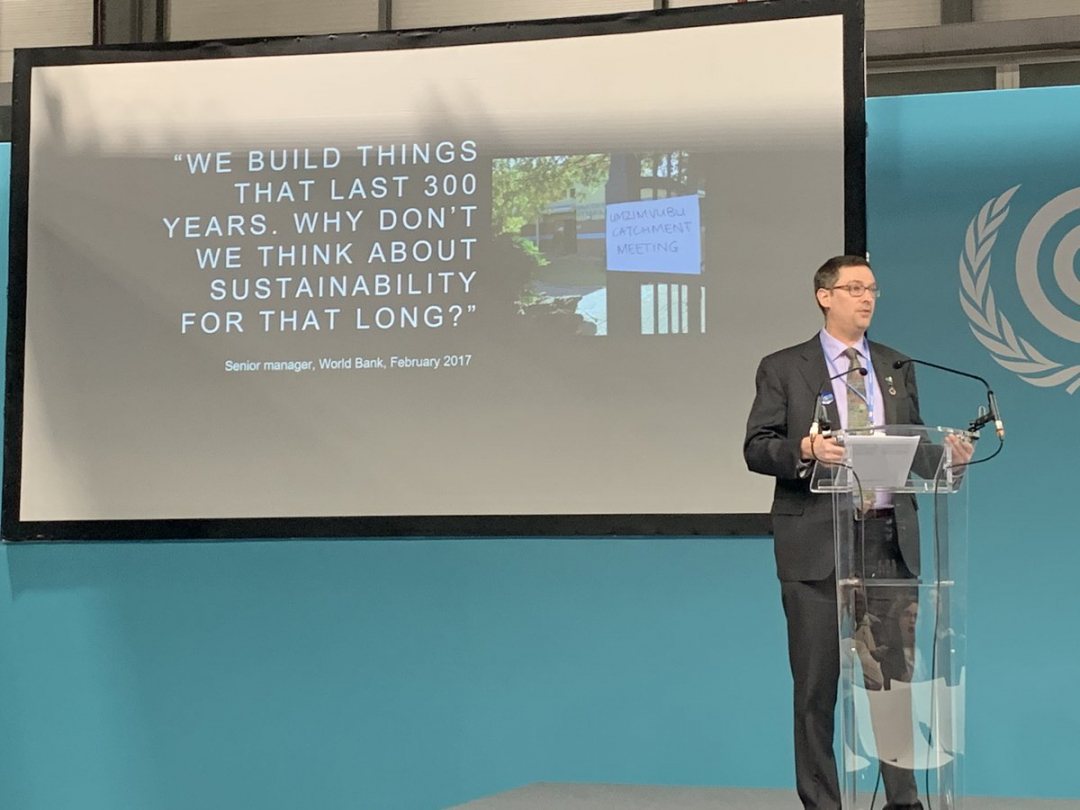

Less thirsty designs
According to the report, climate change undermines future predictions on available water resources and water-related disasters if the assumptions are based on data and models from the past. One of the authors, John Matthews of AGWA, mentioned the Kariba dam in the Zambesi river as an example.
Because of drought, the dam has been unable to produce electricity for a large part of this year. ‘This 60-year-old dam has not been designed for the climate we are moving into’, said Matthews on occasion of the presentation of the report. ‘Due to drought, it failed to produce enough electricity and other, more polluting, power stations had to increase their production.’
According to Matthews much of today’s water investments are being done in the way the Zambezi dam has been built. ‘This is catastrophic’, he argued. ‘ We need to design for future extreme weather events. Based on resiliency and flexibility which we cannot foresee . We can no longer design for droughts as they occur today.‘
Multiple benefits from nature-based solutions
Buzz word at the COP25 is nature-based solutions. Mainly because they are very flexible, but also because they give local people opportunities to better meet their own demands for food, energy, health and all other water-related issues. Some nature-based solutions can address both mitigation of carbon emissions, as well as advert risks from extreme weather evens.
Examples often mentioned at COP25 are reforestation to regulate water flows, restoration of wetlands to capture carbon and to provide clean water, and restoration of coastal mangrove forests to stop erosion and protect coastal communities against floods.
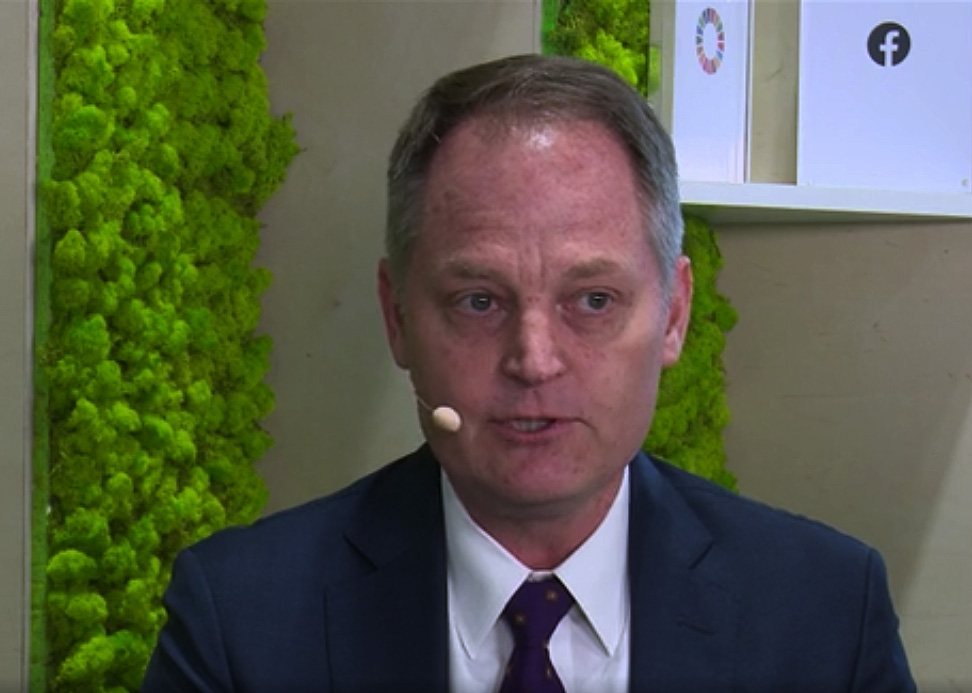

Ignoring water change
Another author of the report Adaptation Thirst, director Mark Smit of IWMI, talked about his recent visit to the Aral Sea. He was impressed to be standing on a dry sea bed where only 30 years ago the water level was 23 meter. ‘It struck me that this was not created by climate change. Standing at this ship graveyard, I realised it is a manifest lesson for the world that if you ignore water change at your peril, it destroys economies, livelihoods and ecosystems.’
Smith referred to the report that provides a framework for how to build climate-resilient water management. Water governance with stakeholder involvement being an important pillar. However, Smith also mentioned the need for good climate and water data and to use it well to rebuild system diversity, linking nature and build infrastructure.
More open data
Cees van de Guchte, manager climate adaptation & risk management at Deltares, stated that the amount of relevant data is increasing rapidly. ‘We need more open access to this data to be able to make analyses. A major step forward to make is to integrate all the open data sources into one system so the data can be exchanged more easily.’
According to Van de Guchte, modellers also have a job to do. ‘It is not only about the early warning of extreme weather events, about hydro-services, or about long term projections for up to 2100 climate scenarios. There is a need for additional instruments to provide guidance for making investment decisions on infrastructure at a time interval of 20 to 30 years. ‘
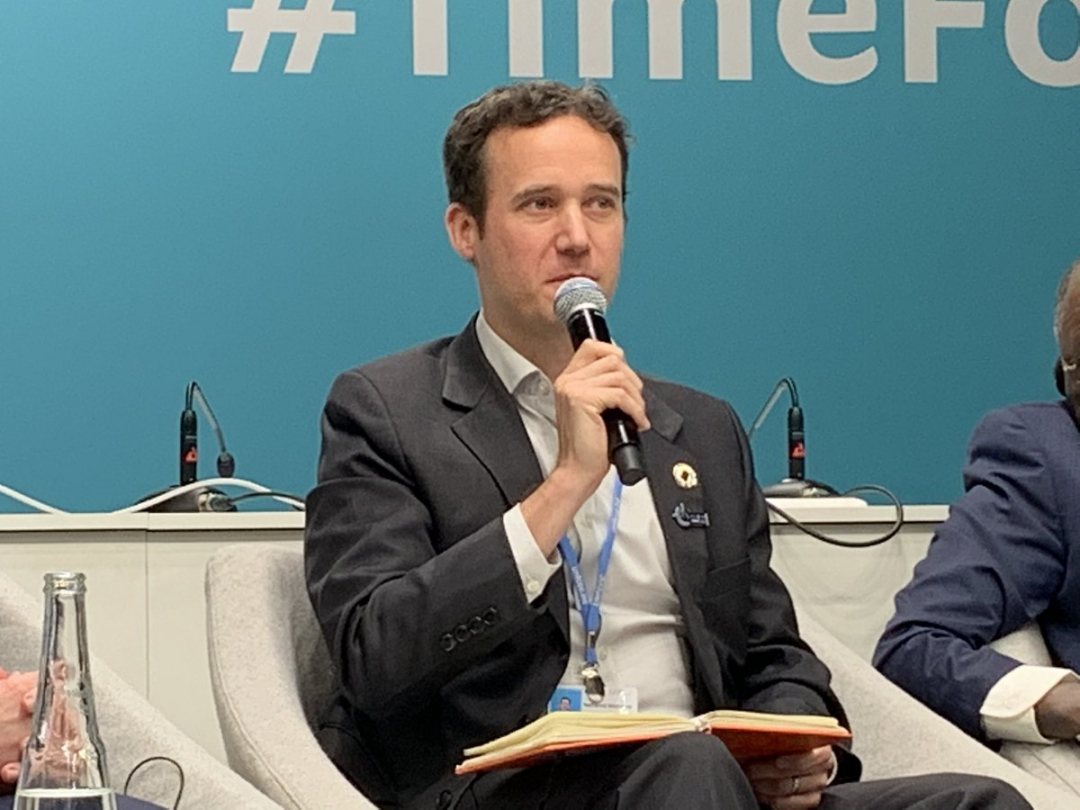

Defending coastal assets
Nate Matthews of Global Resilience Partnership touched on financial aspects of climate change. He mentioned that 10.2 trillion dollars of coastal assets need to be defended in case of 1.5 degree increase. ‘This temperature rise is evitable as we talk about locked-in carbon emissions. It does not matter what we do today’, he warned.
‘Coastal ecosystems will be key, such as mangroves and coral reefs. Five hundred meters of mangrove forest can reduce wave heights up to 50 to 200 percent. And coral reefs are 15 times cheaper to build compared to grey infrastructure such as breakwaters.’
Investments in coastal natural capital
Matthews was pleased to announce that pioneering projects have been set up to incentive blending finance for coastal natural capital, drawn from both private and public sources.
‘Yet today, there are no financial products to build such a coastal resiliency and invest in mangroves. And there is only one insurance product to invest in coral reefs. So the risk reducing value of these ecosystems is not fully accounted for or leveraged. Despite their so significant co-benefits.




